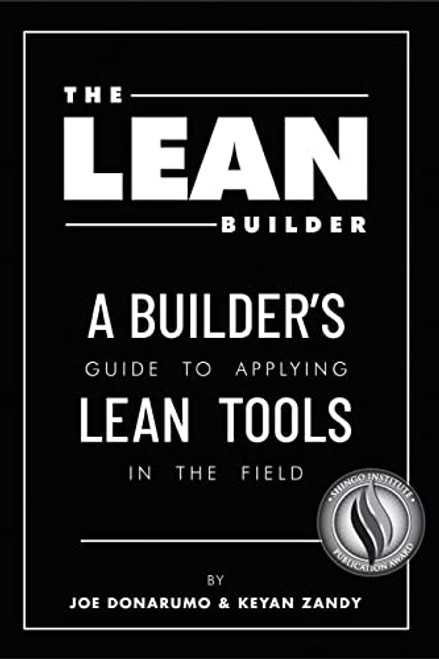Foreword by Michael F. Gutzeit, M.D., Chief Medical Officer and Vice President of Quality, Children's Hospital of Wisconsin This practical, how-to book clearly and succinctly takes the reader through six proven success steps for implementing lean in any healthcare environment: 1. Create physician flow 2. Support physician value-added time 3. Visually communicate patient status 4. Standardize everyone s work 5. Lay out the clinic for minimal motion 6. Change the care delivery model Why go through such a transformation? Because it works. Tell a doctor that he can see the same number of patients, offering the same high quality and personal care, and have an extra 90 minutes at the end of his clinic day and that means something. Tell the staff that they can look forward to actually ending on time, with satisfied patients, no backlog, and having focused their attention completely on quality patient care and they will listen. These Lean principles and success steps work in clinics ranging from orthopedics to neurology to cardiac care the specialty doesn t matter. They work in small practices and large hospital settings. Lean methodology provides the tools to address the frustrations patients and doctors alike experience in the clinic process. Included throughout the book is a case study showing the lean transformation undertaken at the Orthopedic Center at Children s Hospital of Wisconsin, with numerous quotes and insights from those actually involved. This transformation resulted in patient wait times being reduced by more than 70 percent, the clinic being able to see 25 percent more patients in less space, patient satisfaction scores sometimes reaching 100 percent, and staff satisfaction scores improving by more than 25 percent.
Lean Doctors: A Bold and Practical Guide to Using Lean Principles to Transform Healthcare Systems, One Doctor at a Time
Brand: Quality Press
$20.50 - $117.32
- UPC:
- 9780873897853
- Maximum Purchase:
- 3 units
- Binding:
- Paperback
- Publication Date:
- 2010-04-26
- Author:
- Aneesh Suneja with Carolyn Suneja
- Language:
- english
- Edition:
- 1











